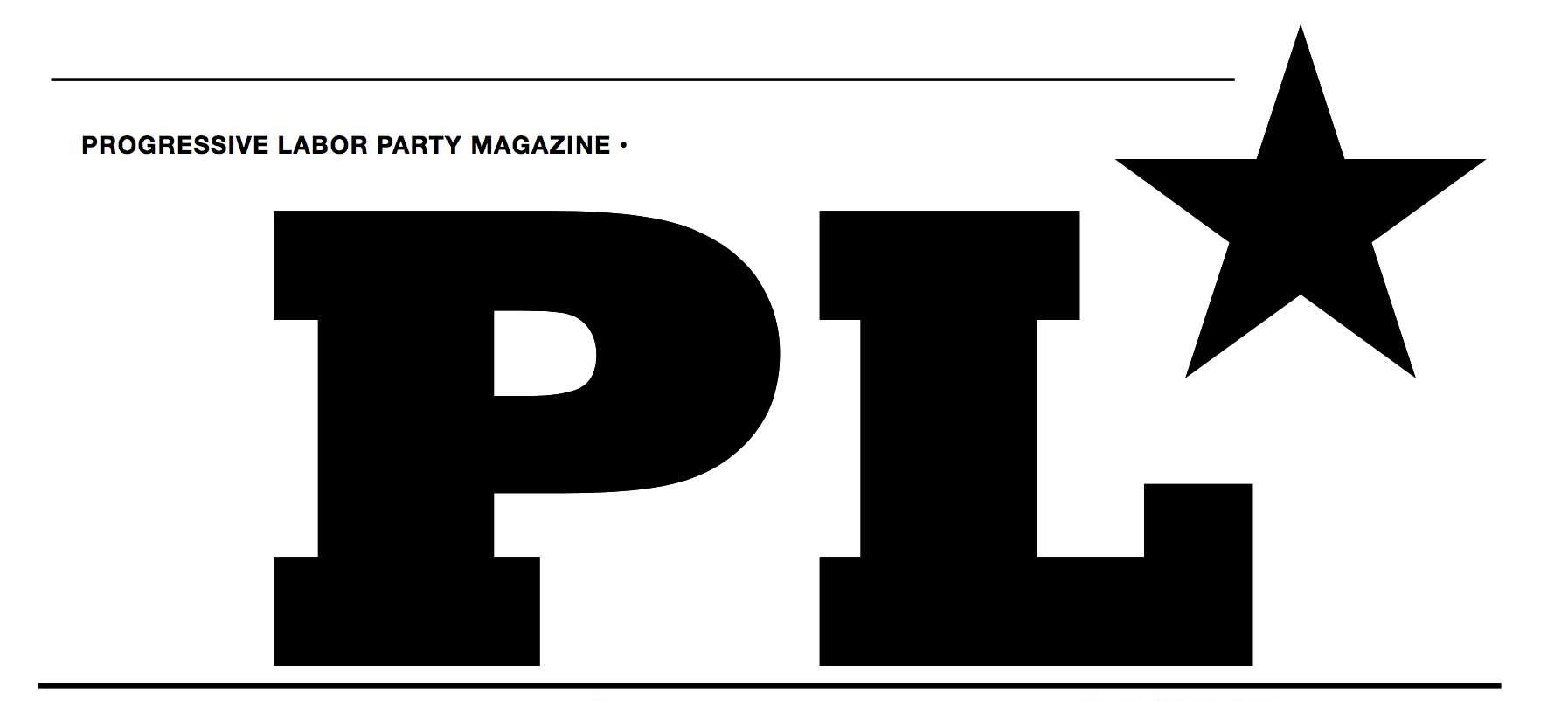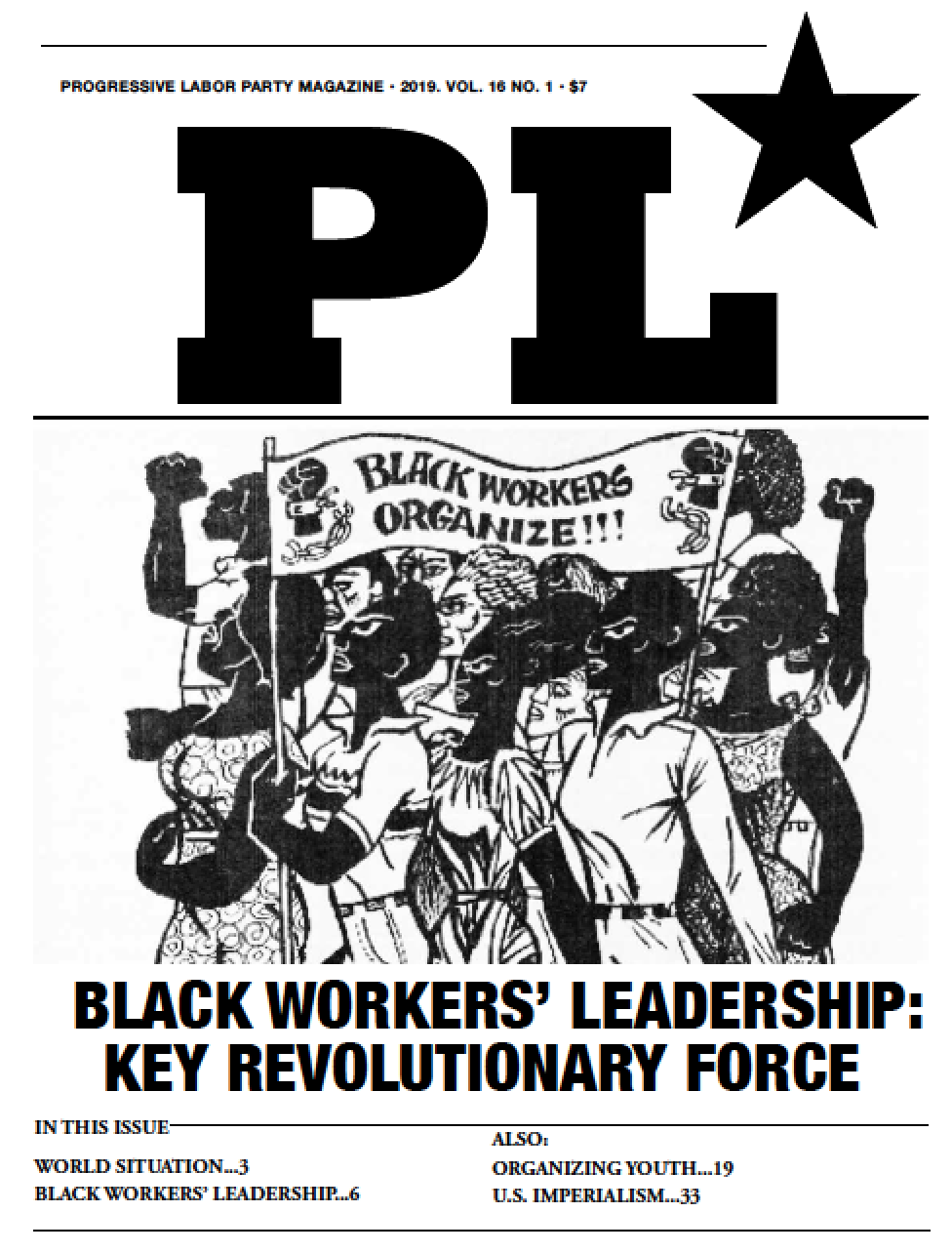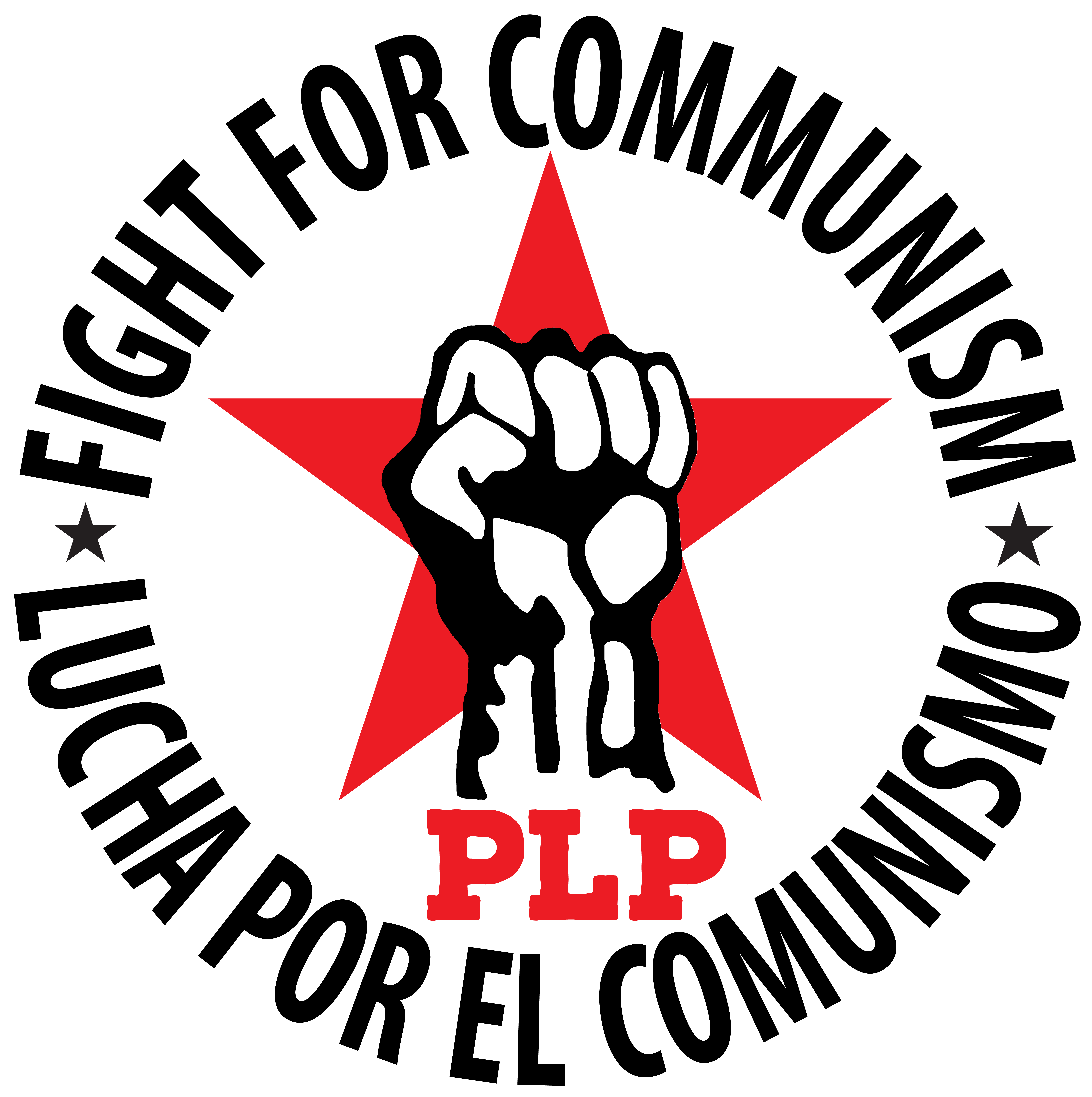The Circle: Straight Line to Fascism
 Thursday, October 2, 2014 at 2:41AM
Thursday, October 2, 2014 at 2:41AM Can we make a better society, a more humane and fair world? Dave Eggers in his 2013 dystopian novel The Circle sees us headed in another direction. His book is a major best-seller and is hard to put down. Reading it with our friends could open some useful discussions with them. Maybe imagining with them how society might change, they would better understand why we disagree with that book’s take-away message. Why, as Nadine Gortimer said, “Communists are the last optimists.”
The plot of The Circle centers on a woman in her early 20s, but the main philosophical perspectives are provided by the three “Wise Men,” billionaire founders of the company where she works. The Circle is a cutting-edge and rapidly expanding corporation that is the center of a fascist digital empire. It’s basically what you would get if Google, Facebook, Apple and Microsoft melded into one company and controlled over 95 percent of everything on the Web.
Mae Holland lands a job there and thinks she’s in heaven. What’s not to like about a great salary and benefits, beautiful corporate campus, free cultural events and a steady stream of gifts and special perks? Well, a few things. We watch Mae as she’s molded and shaped, working faster and harder, striving mightily to fit in and excel in an environment where her every keystroke is monitored and her efficiency — and by inference her attitude — is constantly evaluated by her superiors.
Behind the iPhone-like glossy image of the company we discover three outlooks represented by the three business partners. Ty Gospodinov, the enigmatic and brilliant generator of an endless stream of ideas and solutions to problems, would probably consider himself apolitical, perhaps with anarchistic leanings.
Eamon Bailey, the main public face of the Circle, is a father figure to the thousands of 20-somethings that make up the workforce. He is the one who lays out the philosophy of the Circle in speeches to thousands of employees in the Great Hall each month on Dream Friday. Bailey presents utopian visions that all hinge on information management breakthroughs brought to you by the Circle.
The third partner is Tom Stenton, the venture capitalist. He is best likened to a creature he brings back from the Marinas Trench, a shark that devours everything placed in its tank with astonishing efficiency. What he lacks in creativity and salesmanship, he makes up for by his uncanny (and merciless) business sense.
Slave Away Cheerfully
The contrast between the unlimited freedom and community that form the Circle philosophy presented by Eamon Bailey and the social reality of this 21st century digital sweatshop is hard to miss. There is a steep hierarchy ranging from the Wise Men on top, through the Gang of 40, who get to decide which lucky start-ups (“plankton”) will get the honor of being swallowed by the whale that is the Circle. These 40 managers are, in turn, revered and feared by the next level of bosses.
At the bottom of the ladder are the Newbies who slave away cheerfully (a less than exuberant tone of voice could result in a costly loss of points, or their job) as more and more computer screens are added to their work stations and they learn of the latest metric the Circle has devised to monitor their output. They never consider risking their dream job by complaining. Jobs outside the Circle, even those landed by graduates of elite colleges like Mae, are scarce and un-cool. It’s awesome to be a Circler, even at the bottom of the food chain.
The Circle philosophy, as presented by Bailey, is more fully revealed when Mae’s career hits a crisis. Mae gets in trouble when she’s caught borrowing a kayak without permission (and not wearing a life vest!), an indiscretion that could cost her her job. Eamon Bailey uses this situation and Mae’s desperation about keeping her post to get her to agree that she should always tell “the community” — in effect, her employer — everything. To be a good Circler she should believe that “Secrets are Lies,” “Privacy is Theft” and that “Sharing is Caring.” She is to become the poster child for transparency and will be elevated into the upper ranks of the corporation.
Then Bailey lays out his vision of “closing the Circle.” When the Circle is closed there will be complete access for all people to all knowledge and information. This transparency will create perfect democracy, security and happiness. Of course this transparency does not include the plans being hatched by the Circle elite and other important “intellectual property,” but Mae, like most Circlers, is so caught up in the intoxicating dream woven by Bailey (not to mention all the free stuff) that this doesn’t occur to her.
The emotional climax of the novel is a series of events that result from Mae’s ever deeper surrender to the Circle’s vision and its untoward effects on her parents and old boyfriend, probably the main loves of her pre-Circle life. (You will have to read the book to see how those come out!)
The Anticommunist Kernel
The prevailing outlook in the world today, sadly, is that things are a mess and solutions are hard to imagine. When the nightmare nature of the utopia painted on Dream Fridays becomes clear, that pessimism is reinforced. Eggers’s dystopia is different, and is published in a vastly different political context, from the two most famous 20th century novels about scary futures, Brave New World (Aldous Huxley, 1932) and 1984 (George Orwell, 1949). Those cautionary tales were written at a time when socialism was a rising force in the world.
The most explicitly anti-communist of the two, 1984, was published when the Soviet Union was widely admired for having defeated Nazi Germany in World War II and when the Chinese Communist Party had just made a successful revolution and taken control of the most populous country in the world. Clearly, from the bosses’ perspective, an anti-communist cultural antidote to the popular image of socialism was needed. They didn’t want workers in the West to start getting ideas.
Eggers’s anti-communism is more subtle. It pushes the idea that human nature precludes the existence of any truly collective, non-exploitative society. To the extent that the evil turn of the Circle is seen as the work of Stenton, it could even be read as anti-capitalist. But its pessimistic outlook is more profound than fear of aggressive venture capitalists. The anti-communist kernel of The Circle is the idea that any situation where everyone’s efforts are aligned for the same purpose will inevitably have someone behind the scenes pulling strings for their own purposes. In The Circle it’s Stenton, the main investor who sets priorities. But he is enabled by Eamon Bailey, who preaches, and maybe even believes, a humanistic vision of enlightened corporate control of human society, i.e., fascism.
Revolutionary Optimism Based on History
Communists today still believe that a society based on collective effort to achieve common goals is both possible and good. This is not blind faith but an assessment of advances that revolutionaries actually achieved in the past. History is the basis of our optimism. Recent issues of Challenge carried a four-part series of articles describing the growth of a factory with over a hundred workers from what had been a four-worker scrap metal shop on a rural commune over a few years at the beginning of the Cultural Revolution in China.
The descriptions of life and work in that simple factory included dramatic increases in production and solving of difficult technical problems, but the hard work, long hours and creative energy was motivated by a shared desire to see the communal farm, the village and the society advance. No one got higher pay for their work, including those managing and leading the work. No one was in danger of losing their job if they didn’t meet production quotas, but somehow, everyone pitched in and got things done ahead of schedule. Although the farmers-turned-metalworkers in that Chinese village worked as frenetically as the Newbies in Eggers’s novel, their village and all its residents owned the factory which they had built by their collective effort. At least they did until the defeat of the Cultural Revolution.
Unfortunately, that little factory and the social relations that held it together were destroyed by the capitalist “reforms” introduced after 1976, a microcosm of China’s return to capitalism. The factory, built by farmers in a spirit of unselfish cooperation during the Cultural Revolution was handed over to one person as the new capitalist-style owner. Soon the social relationships changed to reflect the new ownership and a handful got rich while others struggled to survive. The sense of community was destroyed. This outcome was not inevitable, but it is what really happened.
A general awareness of the reversal of communist developments like that little factory, but on a massive scale, underlies much of today’s pessimism about the future. The Circle shows us a vision of capitalist social relations masquerading as “community” and creating a hellish work environment. The only alternatives presented to total surrender to exploitation by the company are very individualistic.
One lone shadowy character at Circle, Kalden, has a plan for sabotage. Outside the corporate campus confines, Mae’s former boyfriend, Mercer, and her parents, made miserable by the intrusiveness of the Circle into their lives, try to escape by living off the grid. But the notion that the general population — not to mention the slaving Newbies on campus — might rebel is never considered. The notion of collective action as a route to freedom from oppression, rather than as a mechanism of enslavement, is not even hinted at.
The feeling of hopelessness The Circle leaves us with is useful for today’s ruling classes. Without a vision of a new world worth working toward, we become passive in the face of injustice and exploitation. As communists, we need to find ways to help our friends and co-workers see the liberating power of collective action. More revolutionary culture to communicate this basically optimistic vision is sorely needed, but we shouldn’t expect those novels to end up on the New York Times best-seller list. Not until workers take over the New York Times! In the meantime, engaging our friends in speculation about the future, even using a dystopian novel as a jumping off place, can be a useful way to lay out the historical basis of our profound optimism about the future.





 Progressive Labor Party (PLP) fights to destroy capitalism and the dictatorship of the capitalist class. We organize workers, soldiers and youth into a revolutionary movement for communism.
Progressive Labor Party (PLP) fights to destroy capitalism and the dictatorship of the capitalist class. We organize workers, soldiers and youth into a revolutionary movement for communism.




Reader Comments